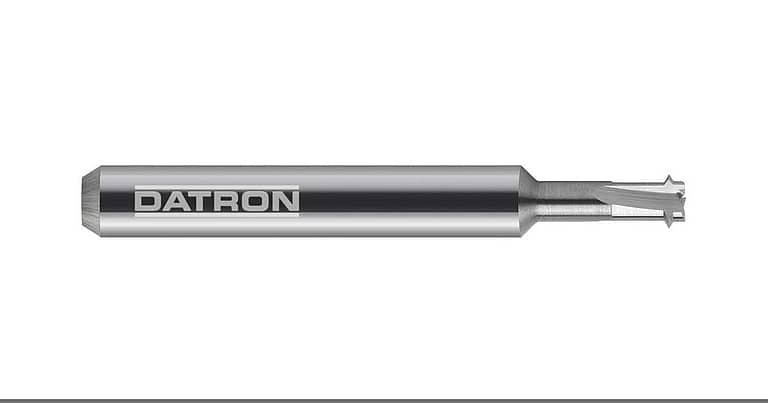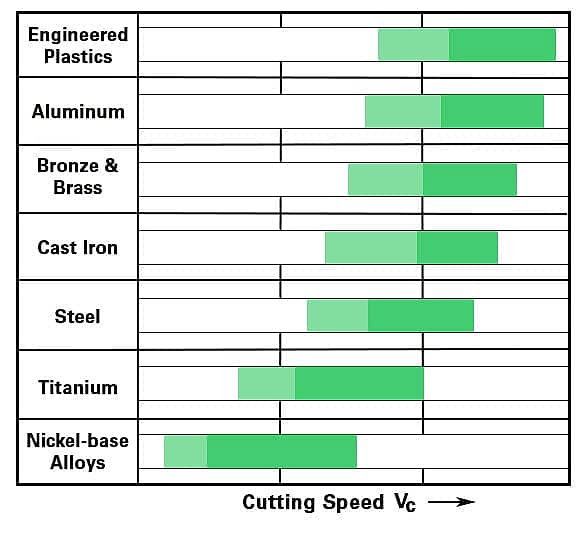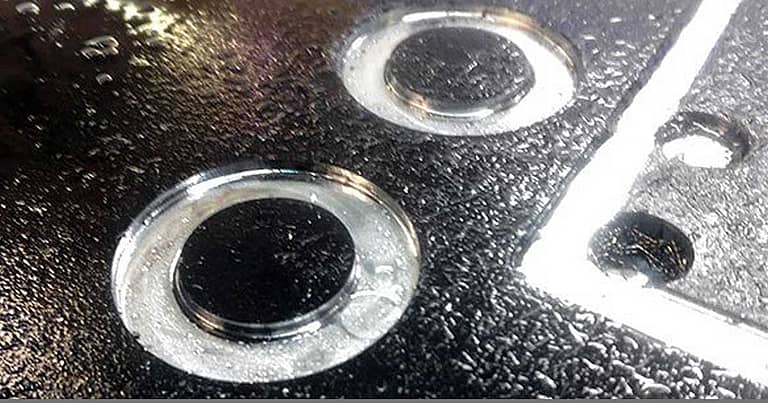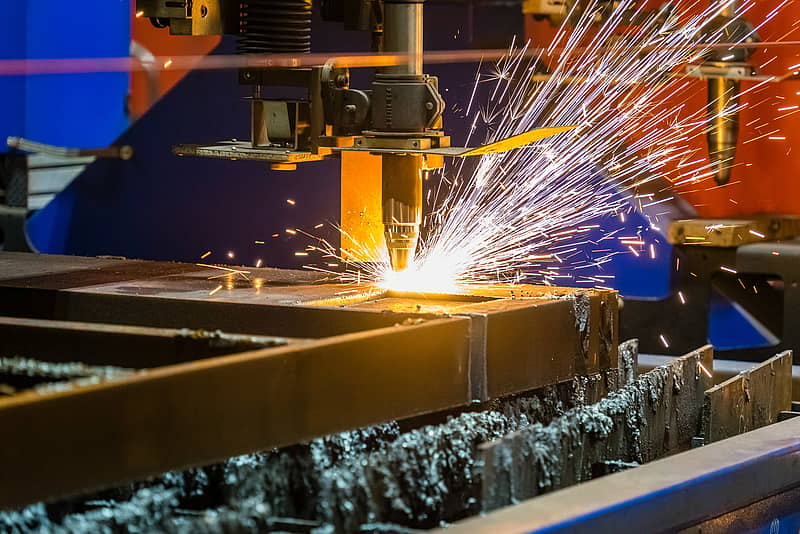
In the world of modern manufacturing, precision and efficiency are paramount. From intricate designs to large-scale productions, CNC profile cutting has become the go-to method for many businesses. In this article, we get into the world of profile cutting, offering valuable tips and techniques for mastering this process. Furthermore, we’ll compare CNC plasma profile cutting machines to CNC milling machines and other cutting machines to provide a comprehensive understanding of their strengths and limitations.
Understanding CNC Profile Cutting
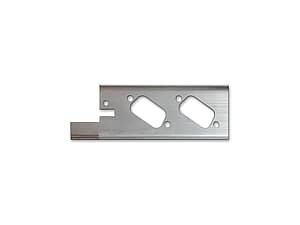
Profile cutting involves using computer-controlled machines to cut materials into desired shapes and patterns precisely. Whether metal, plastic, or composite materials, CNC machines offer exceptional accuracy, repeatability, and speed. The process begins with a digital design file translated into machine instructions using specialized software. These instructions guide the CNC machine’s cutting tool along predefined paths, producing precise cuts with minimal waste.
Profile cutting offers numerous advantages over manual cutting methods, including increased speed, precision, and the ability to automate repetitive tasks, making it an indispensable technology in modern manufacturing processes.
Precision Techniques for Optimizing Profile Cutting
Now that you understand more about CNC profile cutting let’s go over some techniques you can use for optimization!
1. CAD/CAM Design
Precision begins with the design phase. Computer-aided design (CAD) software allows engineers and designers to create detailed digital models of components or parts. These designs are then translated into machine instructions using Computer-Aided Manufacturing (CAM) software. The accuracy of CAD/CAM programming directly influences the precision of profile cutting, as any errors or inconsistencies in the digital model can result in flaws in the final product.
2. Material Selection and Preparation
The choice of material plays a crucial role in CNC profile cutting. Factors such as material thickness, hardness, and composition must be carefully considered for optimal cutting outcomes. Additionally, proper material preparation, including cleaning and surface treatment, helps minimize imperfections and ensures uniform cutting results.
3. Tooling Selection
Selecting the right cutting tools is essential for achieving precision in profile cutting. Factors such as tool geometry, material composition, and edge sharpness impact cutting performance. Carbide or diamond-tipped tools are commonly used for their durability and ability to maintain sharpness over extended cutting periods. It’s important to note that tooling selection is only important if you use a CNC machine. It does not apply to machines such as plasma cutters or waterjet machines.
4. Fixture and Workholding
Securely holding the workpiece in place during cutting is essential to prevent movement or distortion, which can compromise precision. CNC machining often uses custom fixtures and clamping mechanisms to ensure proper workpiece alignment and stability throughout the cutting process. For other types of cutting machines, you may not need any fixturing.
5. Cutting Parameters Optimization
Fine-tuning cutting parameters such as cutting speed, feed rate, and depth of cut is critical for achieving precise results. Balancing these parameters ensures efficient material removal while minimizing heat buildup and tool wear. Additionally, optimizing cutting paths and toolpaths helps to reduce vibration and tool deflection, further enhancing cutting accuracy.
6. Real-Time Monitoring and Quality Control
Implementing real-time monitoring systems allows operators to track cutting progress and promptly detect deviations from the desired specifications. By continuously monitoring factors such as tool wear, cutting forces, and dimensional accuracy, adjustments can be made as needed to maintain precision and quality.
It is also always important to keep CNC machines well-maintained to ensure optimal performance. Regularly inspect and replace worn-out parts, lubricate moving components, and calibrate machine settings.
Now that you have the best tips for precision profile cutting let’s dive into comparing CNC plasma profile cutting machines with other machines. The second half of this article will give you insight into the advantages and disadvantages of different cutting machines to help you determine the best machine for the job!
Comparing CNC Profile Cutting Machines
While CNC profile cutting encompasses various methods, CNC plasma cutting machines are particularly popular for their speed and versatility, especially in metal fabrication. Some advantages and limitations can make it challenging to know which machine is best for your project.
Don’t worry; our experts are here to provide a comparison between CNC plasma cutting machines and cutting machines to help you determine which one is the best for your job!
CNC Plasma Cutting:
CNC plasma cutting machines use a high-temperature, ionized gas (plasma) to cut through electrically conductive materials such as steel, stainless steel, aluminum, and copper. The advantages of plasma cutting are its high cutting speeds, cost-effectiveness, and it’s ability to cut thick materials.
With plasma cutting, you may not see the best level of precision cutting or clean cuts. The high levels of heat generated may not be suitable for some materials. Common applications include structural steel fabrication, metal art and decorative pieces, and industrial manufacturing.
Waterjet Cutting:
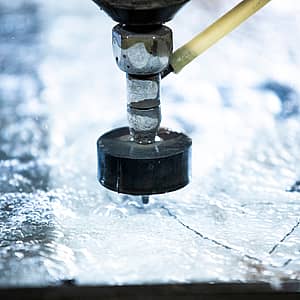
A waterjet cutting machine uses a high-pressure stream of water mixed with an abrasive substance to cut various materials such as metals, plastics, and composites by eroding them away. The advantages of using a waterjet machine include its level of versatility when cutting different materials, high precision, and minimal heat production that comes with other machining types such as plasma cutting.
There are some disadvantages of a waterjet cutting machine such as the high cost to purchase and operate compared to other cutting machines. Also, due to the nature of using high-pressure water with abrasive aggregates, you may not get the clean smooth finish desired, requiring additional finishing processes. Lastly, material thickness limitations exist as waterjet cutting is better suited for thinner materials.
Laser Cutting:
A laser cutting machine uses a high-powered laser beam to melt, burn, or vaporize materials. Advantages to using a laser cutting machine include precise, clean cuts on a range of materials including metals, plastics, glass, and composites. Laser cutting is usually the best suited for thinner materials as the strength of the laser will determine the material and thickness that can be cut. Laser cutting machines also provide a no-contact process of cutting reducing the potential for damage and producing clean, burr-free edges.
Of course, like any other machine, there are disadvantages as well. For laser cutting machines, some disadvantages include a typically higher cost compared to other cutting technologies. Also, the cost of maintenance can be very expensive to maintain optimal cutting performance. As mentioned before, laser cutting is limited when cutting thicker materials, which can be a disadvantage for some operators.
CNC Milling:
CNC milling machines use rotating cutting tools to remove material from a workpiece, creating complex shapes, profiles, and features with high precision. There are several advantages of CNC milling machines, including versatility with performing a wide range of machine operations. They have an excellent level of precision and repeatability allowing for tight tolerances. CNC milling machines work well with a variety of materials and are capable of 3D machining and provide the best finished edge and accuracy out of all the machines for profile cutting.
Some disadvantages of CNC milling machines include tool wear and maintenance, complexity of the programming, and set-up time if you do not have the proper workholdings in place. Despite these disadvantages, milling machines are used in many applications such as precision machining, aerospace and automotive, mold making, medical device manufacturing, and rapid prototyping, making them excellent machines overall.
Out of all the machines you could use to complete your profile cutting job, a CNC milling machine will give you the biggest bang for your buck when it comes to precision and accuracy, cost-effectiveness, and overall flexibility with your parts.
Choose DATRON for CNC Profile Cutting!
CNC profile cutting has revolutionized modern manufacturing, offering unparalleled precision, efficiency, and versatility. By following the tips outlined in this article, businesses can optimize their CNC profile cutting processes to achieve superior results. While CNC plasma cutting machines are widely used for their speed and cost-effectiveness, they may not provide the most precise cuts for your profile cutting job (and other jobs for that matter). As always, it’s essential to consider the specific requirements of each project and explore the best machines for the work being done.
Lastly, mastering profile cutting requires a combination of technical expertise, quality materials, and state-of-the-art equipment to meet the demands of today’s competitive market. DATRON has the perfect high-speed CNC milling machines to help you keep up with manufacturing demands while producing clean cuts every time.




